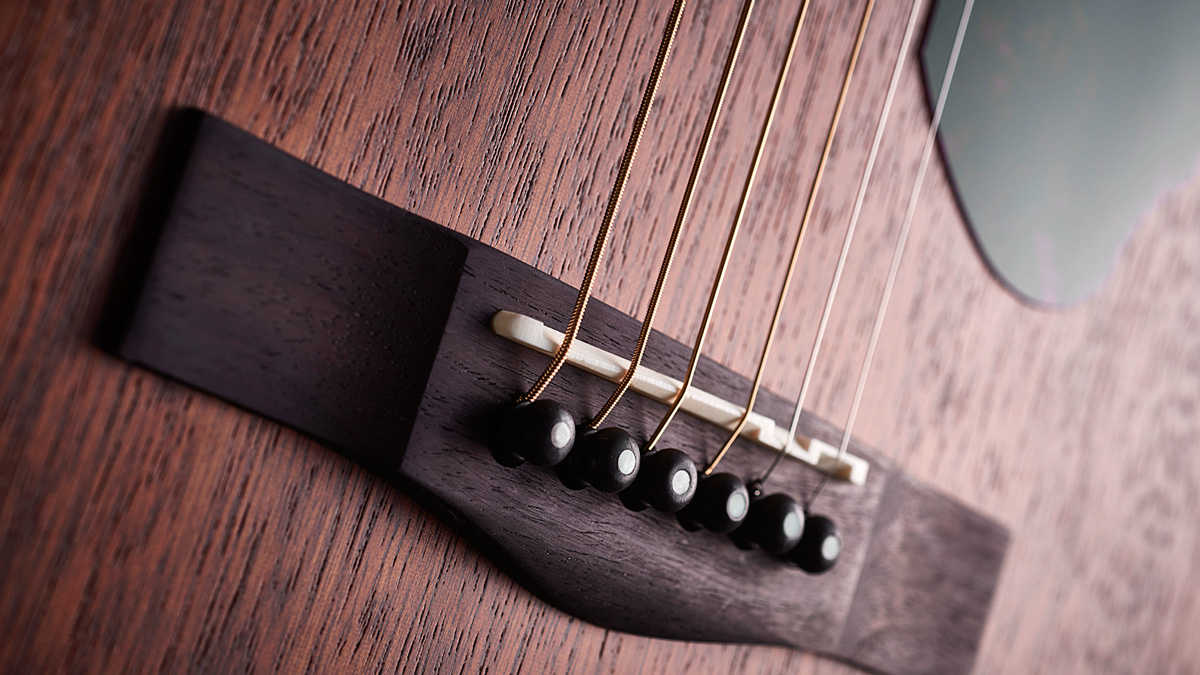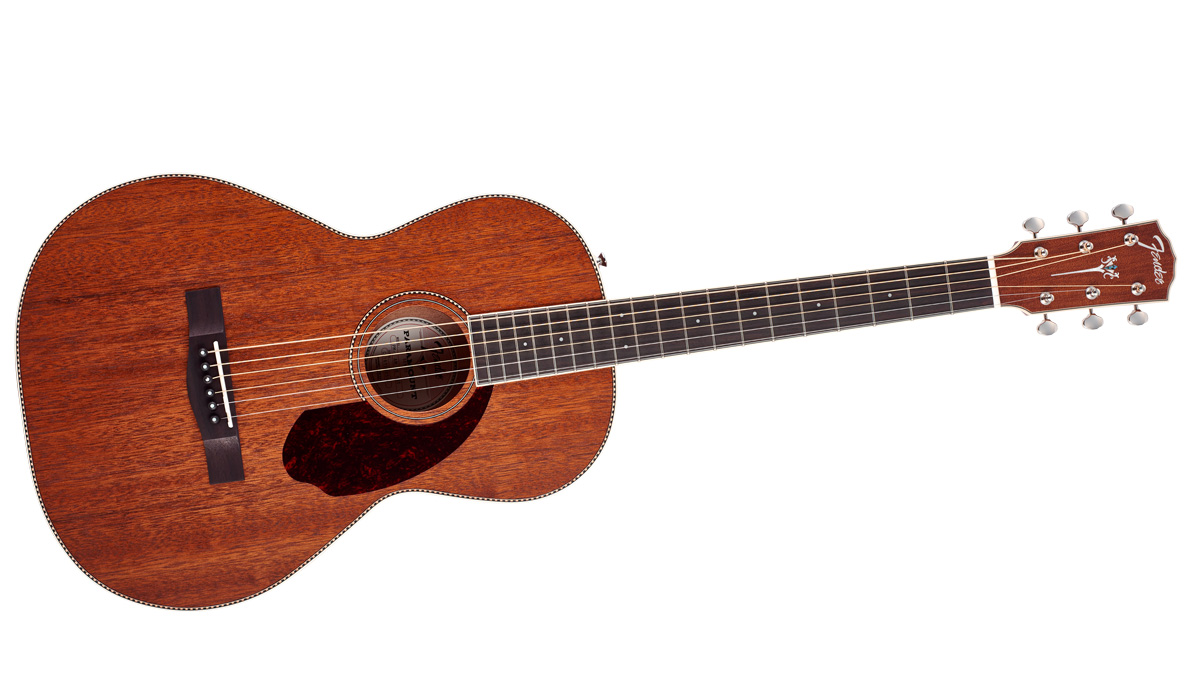MusicRadar Verdict
The PM-2 makes a strong statement: Fender is serious about acoustics and it’s reaping rewards for us players.
Pros
- +
A bigger and bolder voice than you might expect from a parlor-style guitar.
- +
Great vintage looks.
Cons
- -
The neck weight on the strap might not please some.
MusicRadar's got your back
When Fender launched the Paramount series last year, it represented a new commitment to winning over players from a company that’s arguably not traditionally a go-to for acoustics.
With its Standard and Deluxe ranges, a two-year development paid dividends and we were suitably impressed with the PM-2 Deluxe parlor, PM-1 dreadnought and PM-3 000 Standards. Fender was establishing itself in the lower market area with characterful models boasting solid backs and sides, which also came stage-ready with individually voiced preamps for each shape - the result of a Fishman/Fender collaboration.
The Paramount Standards offered serious spec for the money, and now with its next wave of models, Fender moves from spruce/mahogany to add all-mahogany construction to the range.

But that’s not the only fundamental change… Curiously, these new Standard models are not equipped with Paramount preamps. The original spruce-topped electros have gone up to £599, but it’s puzzling that these new models don’t have preamp-fitted model options, too. Nevertheless, their look is anything but disappointing.
The mahogany tops have an indented texture to the grain that looks and feels vintage; a thin ‘open-pore’ satin finish leaves their organic looks unhindered. While we’re encountering more guitars in this price territory that aim for vintage Americana-style heritage, these models set a new standard for their price range.
The narrower 60s-inspired headstock, open gear tuners and Fender logo and motif all set the tone, but the checkerboard purfling for the top, rosette and back strip takes on influence from further back in time and recalls the old Weissenborn Style 4 rope binding. It really gives these models a premium vintage touch, and it’s even more effective set against the dark mahogany than the original launch models.
Want all the hottest music and gear news, reviews, deals, features and more, direct to your inbox? Sign up here.
With such a strong cosmetic show, we’re just left with a small bugbear: the only feature disrupting the vibe here is the white nut. An ivory tone to match the binding would’ve better served the flow of the design. But the advantage is, it’s real bone.
This is a lightweight guitar, too, especially for solid back and sides builds. The PM-2 is actually neck-heavy when standing with it on the strap. For the heavy-handed among us, that might give pause for thought, but the weights feel welcoming and accessible here, with the satin ‘open pore’ necks soon beckoning. And in play, there’s the sense that it all adds to the appealing sonic qualities of this guitar.
Feel and sounds
Fender’s specs say otherwise, but the PM-2 parlor’s neck feels meatier when compared to the recently-released PM-1 and PM-3 from this range, especially in comparison to its slimmer body, and there’s more of a medium-low action here compared with the low on the other models. Off-putting for some, but it could also be a key factor towards this being the biggest surprise of the trio. It certainly makes its extra 2mm depth over the PM-3C count. We’re used to the descriptions ‘boxy’ and ‘compression’ being par for the parlor experience, but the PM-2 projects the latter trait wider than expected with more lower-end clout than you might assume from looks alone. The solid construction surely helps and the PM-2 soon reveals a versatility that could appeal to those who may not have considered a small-body model before.
Again, that rounded woodiness pervades picked notes, but it really opens up for harder strumming – richer and more powerful in the bottom end where it might be expected to be predominantly mid-focused.
Fender’s latest addition proves it’s on the right track with the Paramount series. If you’re looking around the £500 end of the market, this is a must-try. It feels and sounds well considered, offering its own angle on mahogany appeal.
We would’ve liked to see the Paramount preamp offered, at least as an option - widening the potential appeal this design deserves - but as it stands, this is a solid-wood acoustic with a quality hard case. A compelling sell.

Rob is the Reviews Editor for GuitarWorld.com and MusicRadar guitars, so spends most of his waking hours (and beyond) thinking about and trying the latest gear while making sure our reviews team is giving you thorough and honest tests of it. He's worked for guitar mags and sites as a writer and editor for nearly 20 years but still winces at the thought of restringing anything with a Floyd Rose.
